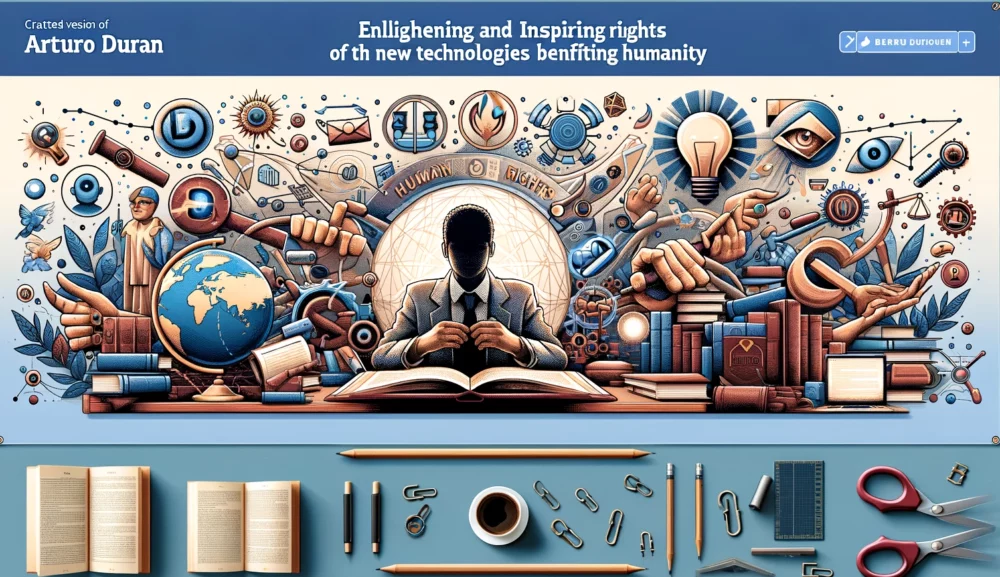
When an exceptional product, service, or solution fails to gain momentum, the challenge often lies in its marketing strategy. This predicament is notably prevalent across industries like food, travel, and financial services, where the competition is fierce and consumer expectations are high. The secret to overcoming this hurdle is rooted in multibenefit marketing – a comprehensive approach that showcases the various advantages your offering brings to the table.
To dissect the issue, it’s crucial to scrutinize the benefits your product or service provides. This analysis isn’t merely about listing features; it’s about understanding how these features translate into functional, symbolic, and experiential benefits for your customers. For instance, in the food industry, a product might not only offer the functional benefit of nutrition but also the symbolic benefit of sustainability and the experiential benefit of unique flavors. Similarly, travel services can highlight the practicality of hassle-free planning, the prestige of exclusive destinations, and the joy of immersive experiences. Financial services can promise the efficiency of transactions, the status of premium offerings, and the peace of mind that comes with expert advice.
If your offering is struggling to make an impact, it’s time to reevaluate your marketing approach. Are you effectively communicating how your product or service meets various customer needs and desires? By emphasizing the multifaceted benefits, you can appeal to a broader audience and enhance your product’s attractiveness. This strategy not only distinguishes your offering from competitors but also addresses the diverse motivations behind customer choices, increasing your likelihood of success.
In essence, if you find your groundbreaking product, service, or solution languishing in obscurity, consider whether your marketing effectively highlights its multiple benefits. This approach could be the catalyst you need to capture the attention and hearts of potential customers, propelling your offering to the success it truly deserves.
So how you got here?
Many will tell you that if you build an amazing product it will sell by itself, but many companies have found that it requires not just an amazing product but then the effort of the Marketing Team to position that product, specifically, tangible, in several categories. During my time as head of Marketing in several industries from Food, Technology and Financial Services, I always used a rule for those programs and assigning spending to it, even before you can think on what media, where , etc.. you have to make sure you define this 3 benefits :
– Functional Benefits: Practical advantages like time-saving, cost reduction, or problem-solving. For instance, a car’s good mileage or a software’s user-friendly interface.
– Symbolic Benefits: The status or identity the product confers on its owner, making them feel successful, eco-friendly, or part of an exclusive group. Examples are the elegance of an Apple product or Patagonia’s eco-conscious image.
– Experiential Benefits: The feelings or sensations experienced during use, such as joy, comfort, or nostalgia. Disneyland’s immersive entertainment and the comforting aroma of cinnamon rolls are prime examples.
EVEN MORE NOW
In today’s competitive market, successful brands understand that effective marketing transcends mere product promotion. It involves a holistic approach that encompasses multiple types of benefits to resonate deeply with consumers.
This strategy is not confined to any single industry but is applicable across various sectors, including Food, Travel, and Financial Services. I have been involved in those three, so my take of how it will look my definition of targeting.
Food Industry: Take, for example, a gourmet restaurant that sources its ingredients locally. The functional benefits here include the freshness and quality of the food. Symbolically, it communicates a commitment to community support and environmental sustainability, enhancing the diner’s perception of contributing to a greater cause. The experiential benefit comes from the unique dining experience, where the story of each dish adds to the overall enjoyment and satisfaction of the meal. This multifaceted approach not only attracts customers looking for a high-quality meal but also those who value environmental sustainability and community support.
Travel Industry: In the travel sector, a luxury tour operator might offer packages to exotic destinations. The functional benefits include comprehensive travel planning, comfortable accommodations, and personalized itineraries. On a symbolic level, it conveys a sense of exclusivity and achievement, appealing to the traveler’s desire for prestige and social status. The experiential benefits are found in the immersive experiences offered, from private tours of hidden gems to exclusive access events, providing travelers with memories that last a lifetime. This blend of benefits appeals to a wide range of travelers, from those seeking convenience and comfort to those desiring unique and enriching experiences.
Financial Services: A wealth management firm provides another excellent example. Functionally, it offers sound financial advice and investment strategies. Symbolically, being a client of a reputed firm can signify financial success and security. The experiential benefit comes from the personalized service and the sense of confidence and peace of mind that comes from knowing one’s financial future is in good hands. This combination of benefits attracts clients not just for the financial expertise but for the prestige and personalized experience as well.
The most effective marketing strategies are those that offer a blend of functional, symbolic, and experiential benefits. By appealing to a broad spectrum of consumer needs and desires, brands can differentiate themselves in a crowded marketplace. Whether it’s the food we eat, the places we travel, or the way we manage our finances, the value of a product or service is greatly enhanced when it’s marketed through a multi-faceted lens. As businesses continue to evolve, so too will the art of marketing, always with the goal of creating deeper connections with consumers.

